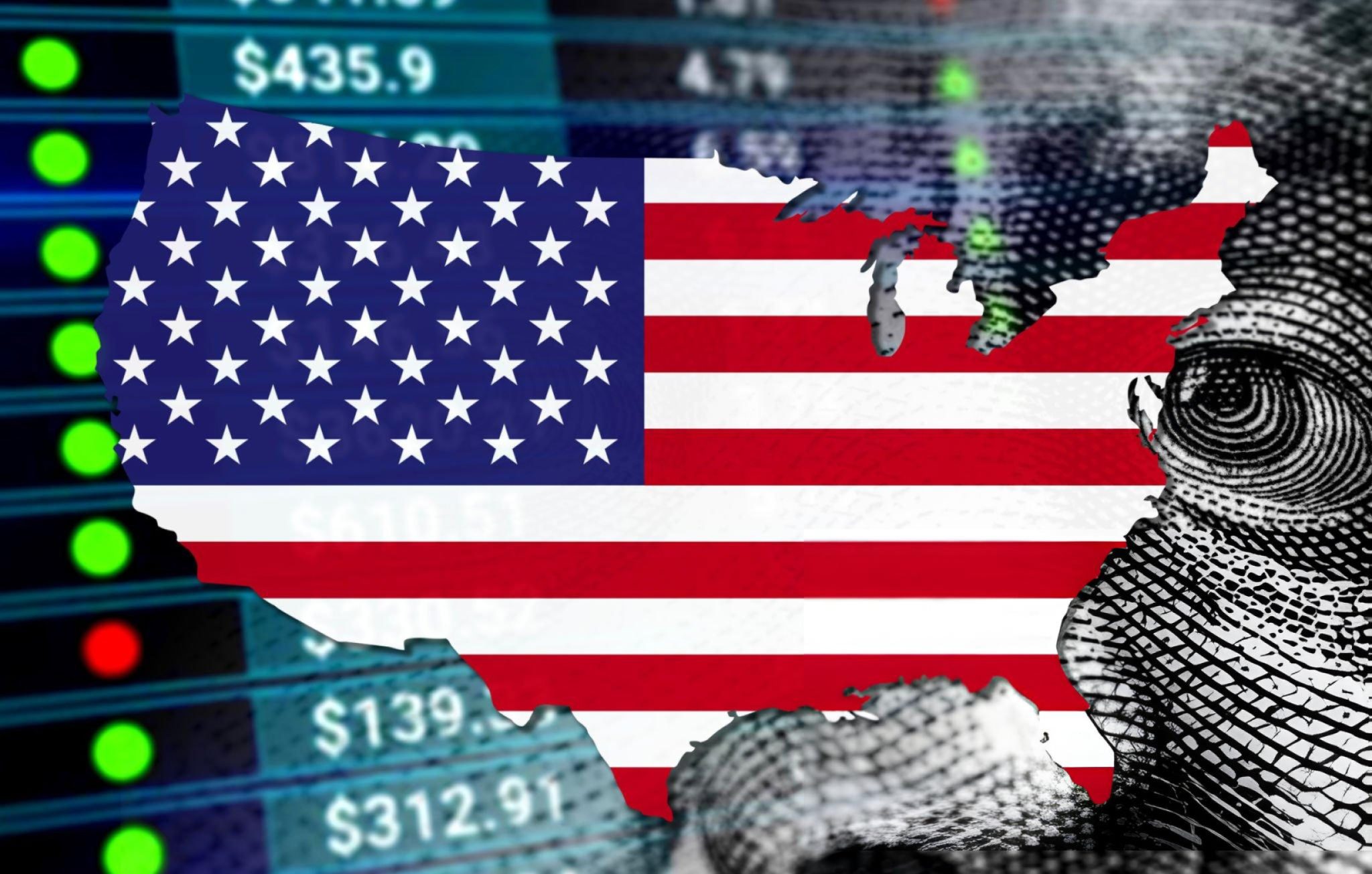On Monday, two senior Federal Reserve officials sought to calm market fears as global equity markets faced significant turbulence. This turmoil had led to heightened expectations that the US central bank would need to take more aggressive measures to cut interest rates.
Austan Goolsbee, president of the Chicago Federal Reserve, appeared on CNBC to address concerns over the state of the US economy. Goolsbee emphasized that the Federal Reserve would address any economic downturn, though he noted that the current data did not suggest the US was in a recession. “The Fed’s job is very straightforward: maximize employment, stabilize prices, and maintain financial stability,” Goolsbee stated. “If there was any deterioration, we’re going to fix it.” He further clarified that the Fed does not make decisions based on a single set of economic data but instead remains flexible with its monetary policy stance.
Mary Daly, president of the San Francisco Fed, echoed similar sentiments during an event in Hawaii. Daly assured attendees that the Fed is prepared to take necessary actions to meet its goals of price stability and employment. However, she stressed the importance of reviewing comprehensive data before making policy decisions. “We look at the totality of the information before we act,” Daly said. “We will do what it takes, but we need to ensure our actions are based on a full understanding of the economic landscape.”
The market turmoil had intensified following weaker-than-expected labor market data released on Friday, which sparked global concerns about a potential sharp slowdown in the US economy. The Fed’s decision to keep its main interest rate between 5.25% and 5.5% last week, while hinting at a possible rate cut as early as September, had not alleviated market anxieties. The weaker job figures, combined with negative market reactions, raised speculation that the central bank might need to act more aggressively, potentially leading to a significant 50 basis point rate cut and additional reductions through the end of the year.
Jay Powell, the Fed Chair, is scheduled to address economic conditions at the Jackson Hole conference later this month. Jay Bryson, chief economist at Wells Fargo, suggested that the Federal Open Market Committee (FOMC) might need to return to a “neutral” policy stance to avoid exacerbating labor market weakness. Bryson forecasted a 50 basis point rate cut in September, followed by another 50 basis point reduction in November.
Historically, the Fed has considered emergency rate cuts during severe financial distress or rapid economic downturns, as seen during the early stages of the pandemic in 2020. However, many analysts on Monday deemed an emergency policy move unlikely at this stage. Steven Kelly from Yale University’s Program on Financial Stability dismissed the notion of an urgent rate cut, calling it an exaggerated response. “We are very far from an inter-meeting rate cut, let alone any lending or market intervention,” Kelly stated.
Goolsbee also dismissed concerns that the US had entered a recession, attributing recent job report weaknesses to temporary factors rather than systemic issues. “Jobs numbers came in weaker than expected, but [they] are not looking yet like a recession,” he said. Daly supported this view, noting that the labor report included significant numbers of temporary layoffs and new entrants to the workforce. She suggested that while there is some economic slowing, it does not indicate a dramatic decline.
Reinforcing this perspective, the Institute for Supply Management’s index of services sector activity, released on Monday, showed a stronger-than-expected performance in July. This report provided a more positive outlook, easing fears of an imminent sharp economic slowdown and reducing the urgency for rapid Fed easing.
Oren Klachkin, financial market economist at Nationwide, noted that the ISM services report should alleviate concerns about a severe economic downturn. “The latest ISM services report will ease fears of a sharp economic slowdown and that rapid Fed easing is needed to save the soft landing,” Klachkin said. Stephen Brown, deputy chief North American economist at Capital Economics, agreed that a “soft landing” remains the most probable outcome for the economy, though he acknowledged that sustained market disorder could prompt the Fed to loosen policy more quickly than anticipated.







